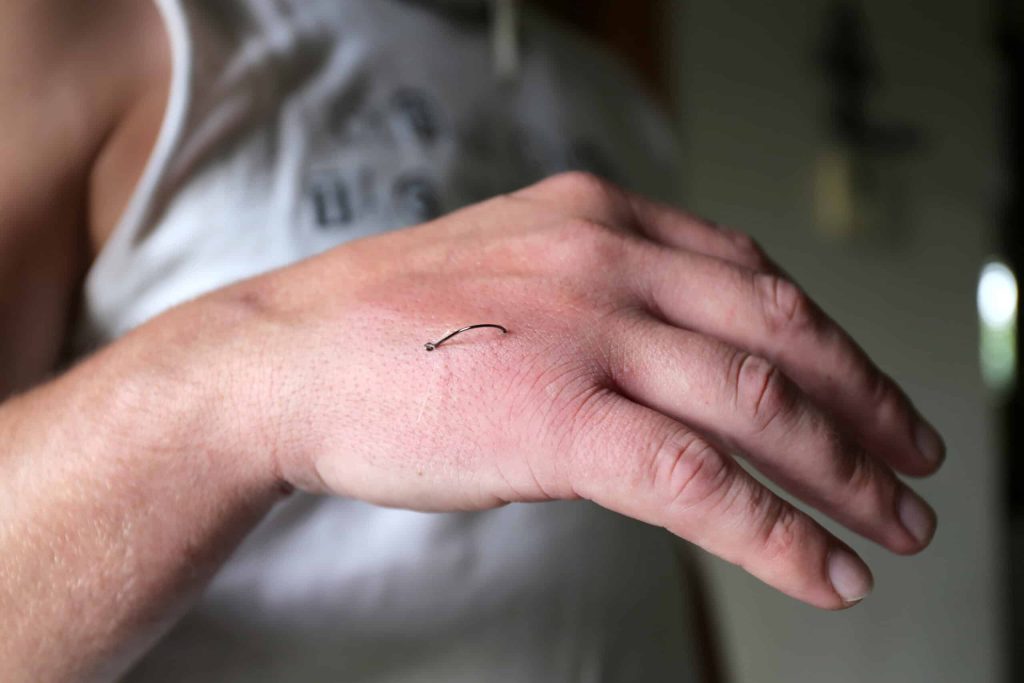
Foreign body removal refers to the process of extracting objects that have entered the body and are not naturally present, such as splinters, debris, or other materials. This procedure is critical in preventing infection, tissue damage, and other complications. Foreign bodies can be located in various parts of the body, including the eyes, skin, ears, […]
Foreign body removal is a medical procedure aimed at extracting objects that have penetrated or lodged in the body. These objects can range from small particles like splinters and dirt to larger items such as glass shards or metal fragments. The procedure can be performed in various settings, including at home for minor cases or in a medical facility for more serious instances.
During a foreign body removal procedure, the following steps typically occur:
© 2023-2025 Blue Water Urgent Care. All Rights Reserved. Made With Love by Ignite Marketing Agency.